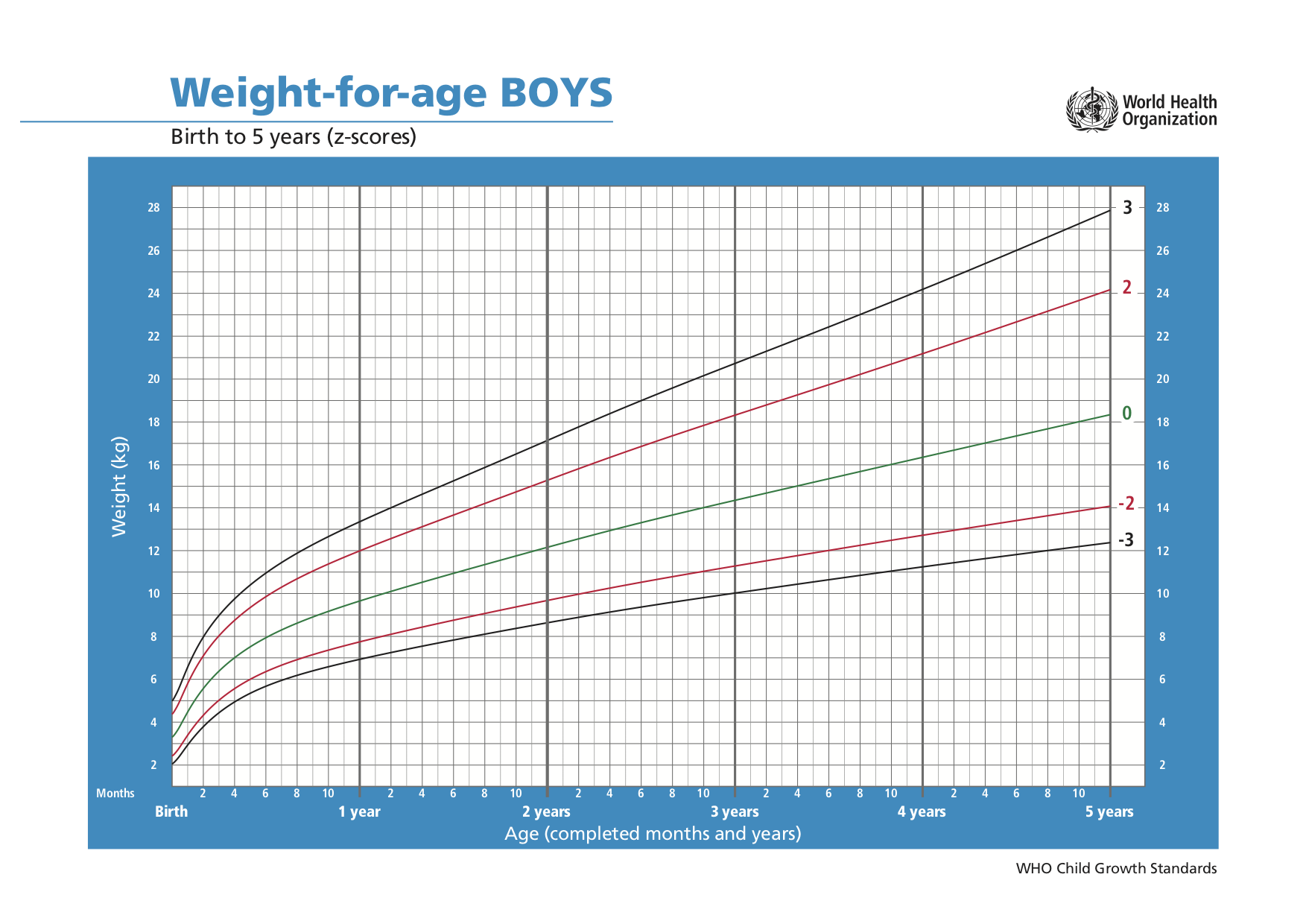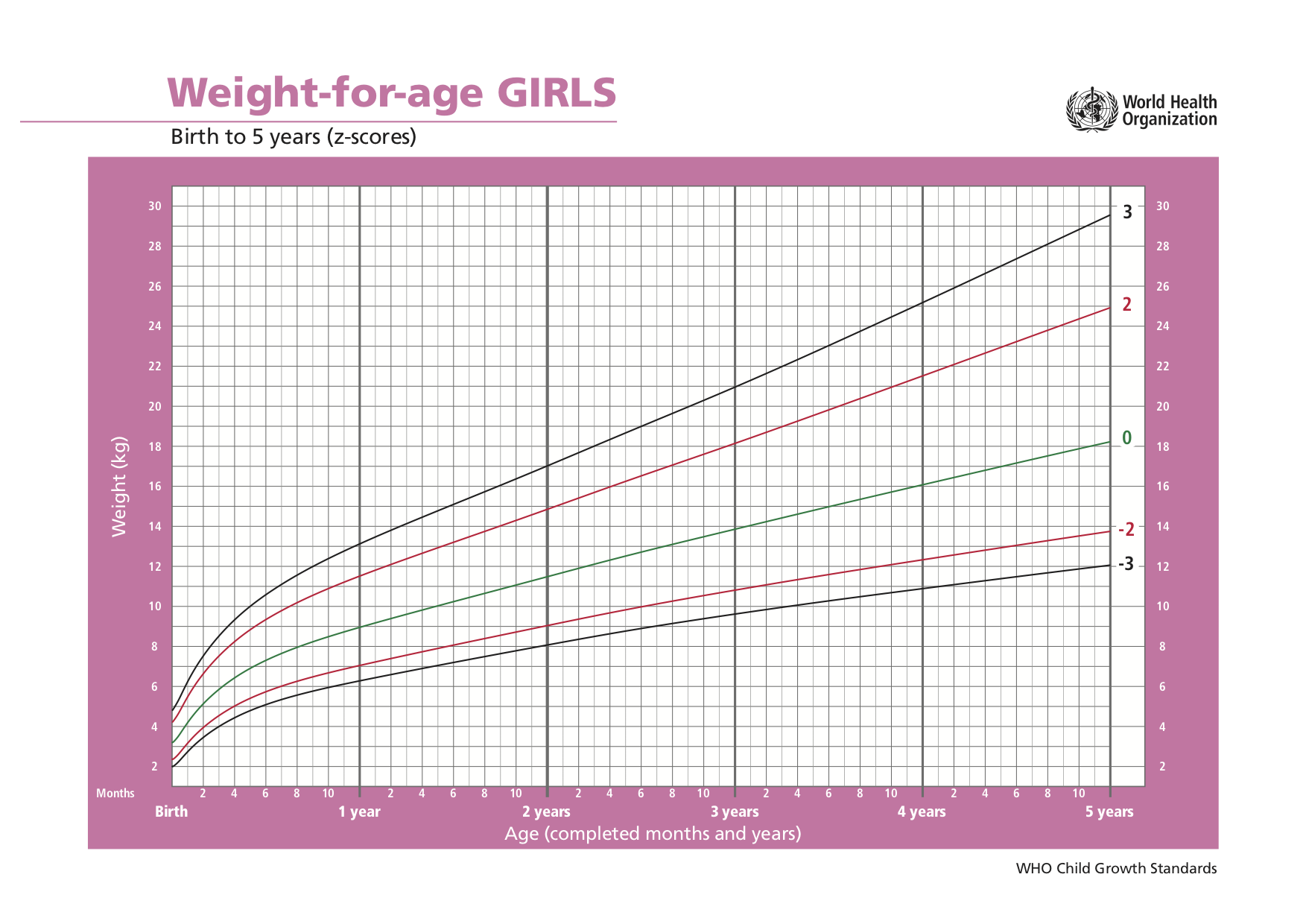When to hire a Lactation Specialist
In order for breastfeeding to come together, these primary goals must be met:
1) Baby is fed
2) Mother’s supply is sufficient
3) The breast is a happy place where good things happen (for both mom and baby!)
It’s time to hire help if…
Mother
Mother is experiencing ANY PAIN with latch (pain should be 0 out of 10!)
Mother is having difficulty with positioning (herself and/or baby)
Mother has any concerns or questions regarding breastfeeding/lactation
Mother is reporting issues associated with LOW supply
Mother is reporting issues associated with OVER supply
Mother is supplementing with formula and doesn’t want to
Baby
Baby is gaining less than 5oz per week during first 0-3 months of life
Baby is not back to birth weight by 14 days old
Baby is not having enough wet and poopy diapers
Baby is having brick dust urine (pink/red/orange-colored powdery stain in diaper)
Baby is nursing less than 8x per 24 hours
Baby is nursing more than 12x per 24 hours yet mother mother reports that baby never seems satisfied or that feedings never seem to end
Baby is lethargic and difficult to wake for feedings
Baby has jaundice
Baby is being supplemented with formula and mother wishes to exclusively breastfeed
What should a good latch and breastfeeding session be like?
It all starts with the latch! A good latch for mom feels like gentle, rhythmic tugging and is not painful at all (0 out of 10). A good latch also results in efficient milk transfer for baby wherein baby is able to “drain” approximately 70-80% of the available milk from the breast.
The goal of each feeding should be to “drain” at least one breast. This ensures baby gets a good balance of foremilk (higher in lactose) and hindmilk (higher in fat). After baby drains one breast, the second breast can be offered. Babies often do not “drain” the second breast completely (especially if mom has a slight oversupply), and that is okay. Think of the first breast like the appetizer/entree and second breast like dessert. Babies may want a small dessert, big dessert, or no dessert at all. If mothers have a significant oversupply, it is common for babies to not want the second breast. The next feeding will start on that second side. With each feeding, mom will alternate which side to *start* on. The time between feedings is measured from the *start* of one feeding to the *start* of the next feeding.
Positioning:
Laid back (aka biological nursing), cross cradle, or football hold tend to be the most comfortable and effective. Some moms really like nursing in a side-lying position, too. Once breastfeeding is mastered, many moms are able to breastfeed in just about any position. If no position results in a comfortable latch and efficient milk transfer, then there is certainly a need for assistance from a skilled Lactation Specialist.
How can I tell my baby has gotten enough milk?
New babies are very sleepy and may need a positional change or to be burped frequently if they fall asleep at the breast. Falling asleep while breastfeeding during the first month or so is not a reliable sign that baby has had enough to eat. A more reliable sign that baby is satisfied from a single feeding is the absence of tension in baby’s arm and hand. A tightly fisted hand and tense arm that feels stiff / rigid is a sign of hunger. A relaxed/limp hand and arm is often (but not always) a sign of fullness. In time, mothers begin to learn their baby’s tell-tale signs that they are full and satisfied.
Adequate diaper output:
A fairly reliable sign that baby is getting enough milk is adequate diaper output per 24 hours:
- Wet diapers -
Day 1 of life a breastfed baby should have 1 wet diaper
IV fluid during labor: babies will likely have more than 1 wet diaper on day 1 if mom received IV fluids during labor. This is a result of diuresis (IV fluids can be given alone, with pitocin, epidural, and/or with a cesarean section).
Day 2… 2 wet diapers...
Day 3… 3 wet diapers…
Day 4… 4 wet diapers…
Day 5 (and beyond) babies should have 6+ wet diapers
A wet diaper is approximately 3 tbsp of water (equivalent to 45mL or 1.5 regularly-sized shot glasses). This can be demonstrated with a clean diaper and tap water in order to feel what a truly wet diaper feels like (instead of relying on that pesky blue diaper line). If wet diaper output is low, this is a sign that is not getting enough milk for some reason. (Time to hire help!)
- Poopy diapers -
The 2-3+ poopy diapers should be a mustard yellow/orange color on day 5 (and beyond). The texture is runny with little seeds that look like quinoa (milk fat).
If there is mucus present in the poop, this is often a sign of a food allergy (common culprits are cow’s milk protein and soy). Green poop is often a sign that baby isn’t draining the breast well leading to a foremilk-hindmilk imbalance (not getting enough of the high-fat hind milk which causes the poop to appear yellow/orange). Any other color or texture of poop can be concerning, too, and warrants a referral to the baby’s pediatrician and a Lactation Specialist for further evaluation.
Back to birth weight by 10-14 days:
Babies who are nursing well and whose mother’s supply are meeting their needs should be back to birth weight by the time they are 10-14 days old. After which point, babies will gain an average 5-8oz per week until they are 4 months old. Babies should maintain their approximate weight percentile on the World Health Organization (WHO) 0-2 growth chart, which is standardized on breastfed babies worldwide.
Feeding Frequency:
Newborn babies should nurse 8-12 times per 24 hours. Either less than 8 feedings or more than 12 feedings can be a sign that something is off. 8-12 feedings per 24 hours comes out to approximately every 2-3 hours all day and all night from the *start* of one feeding to the *start* of the next. The exception being that often babies cluster feed every hour on the hour for about 3 hours leading up to their longest stretch of sleep which is generally about 3-5 hours during the first month of life. If baby is not yet back to birth weight, waking baby to eat when it’s been 3 hours from the *start* of the previous feeding is very important. This means not letting a stretch longer than 4 hours go by before waking to nurse. This is because babies who are not yet back to birthweight are at risk of sleeping through their hunger cues, especially if they are swaddled.
What if a mom who is struggling will not (or cannot) see a Lactation Specialist?
Continue to keep a close eye on mom and baby, recommend frequent weight checks with baby’s pediatrician, and send her some free resources, such as kellymom.com, which includes a variety of evidence-based, general breastfeeding content. It is important to note that information on the internet is intended for a general audience and does not replace the individualized assessment and care of a skilled Lactation Specialist.



